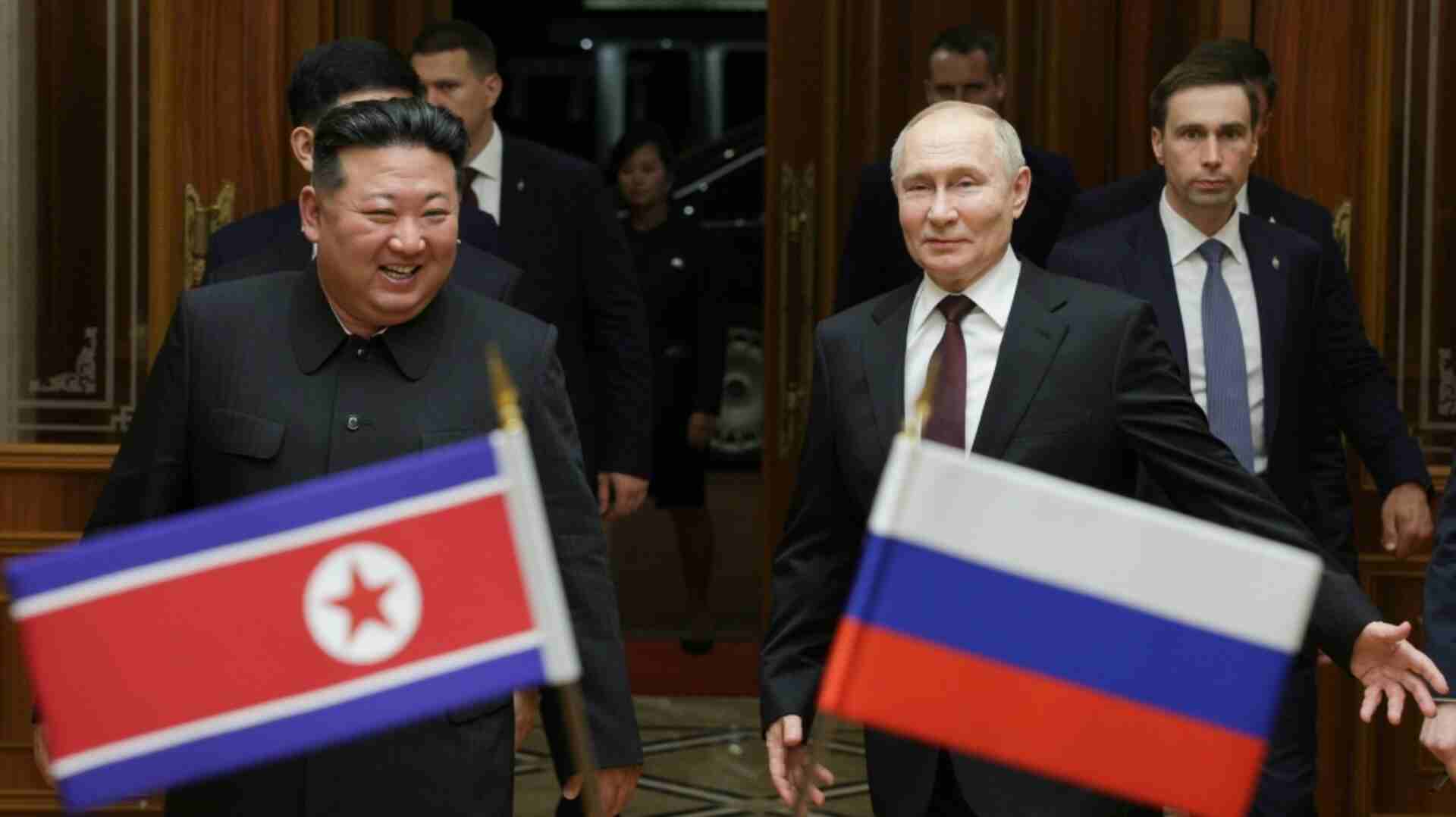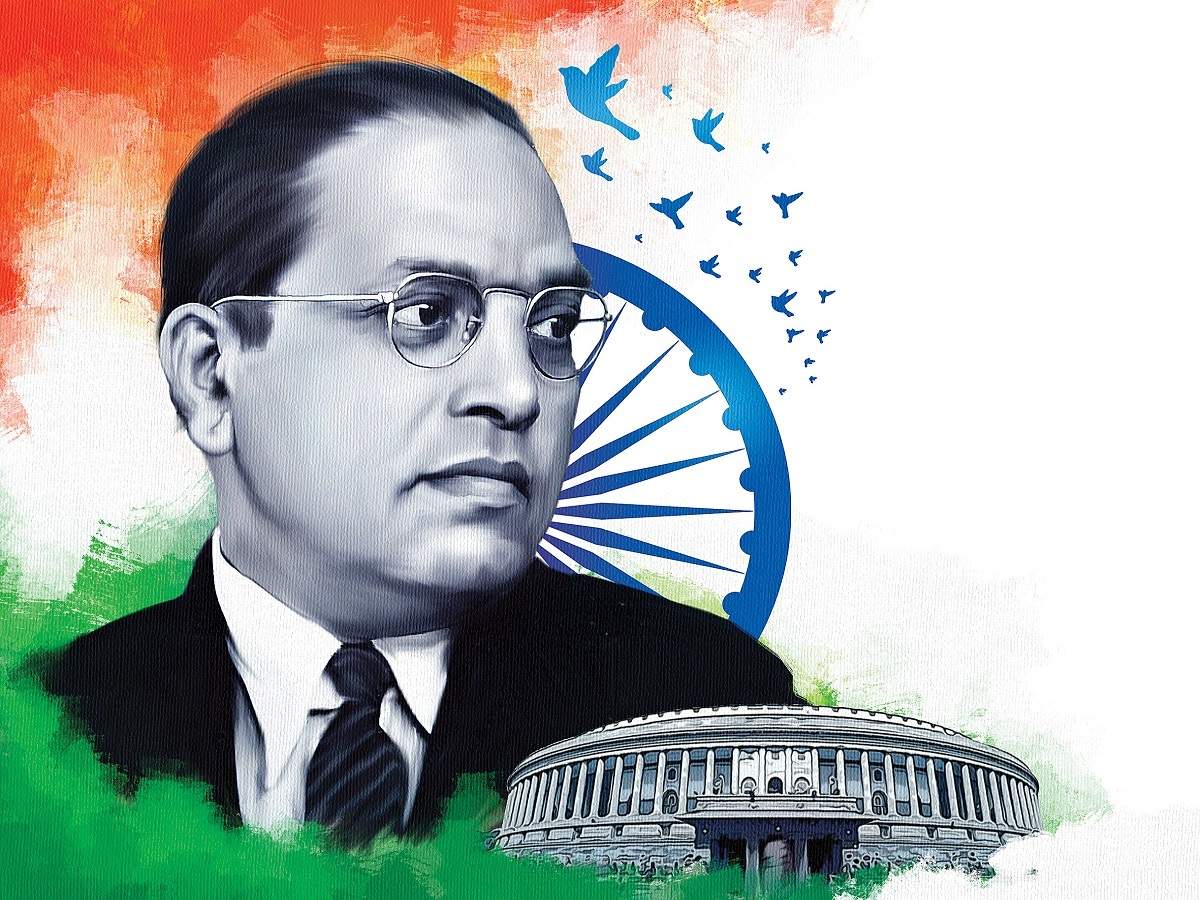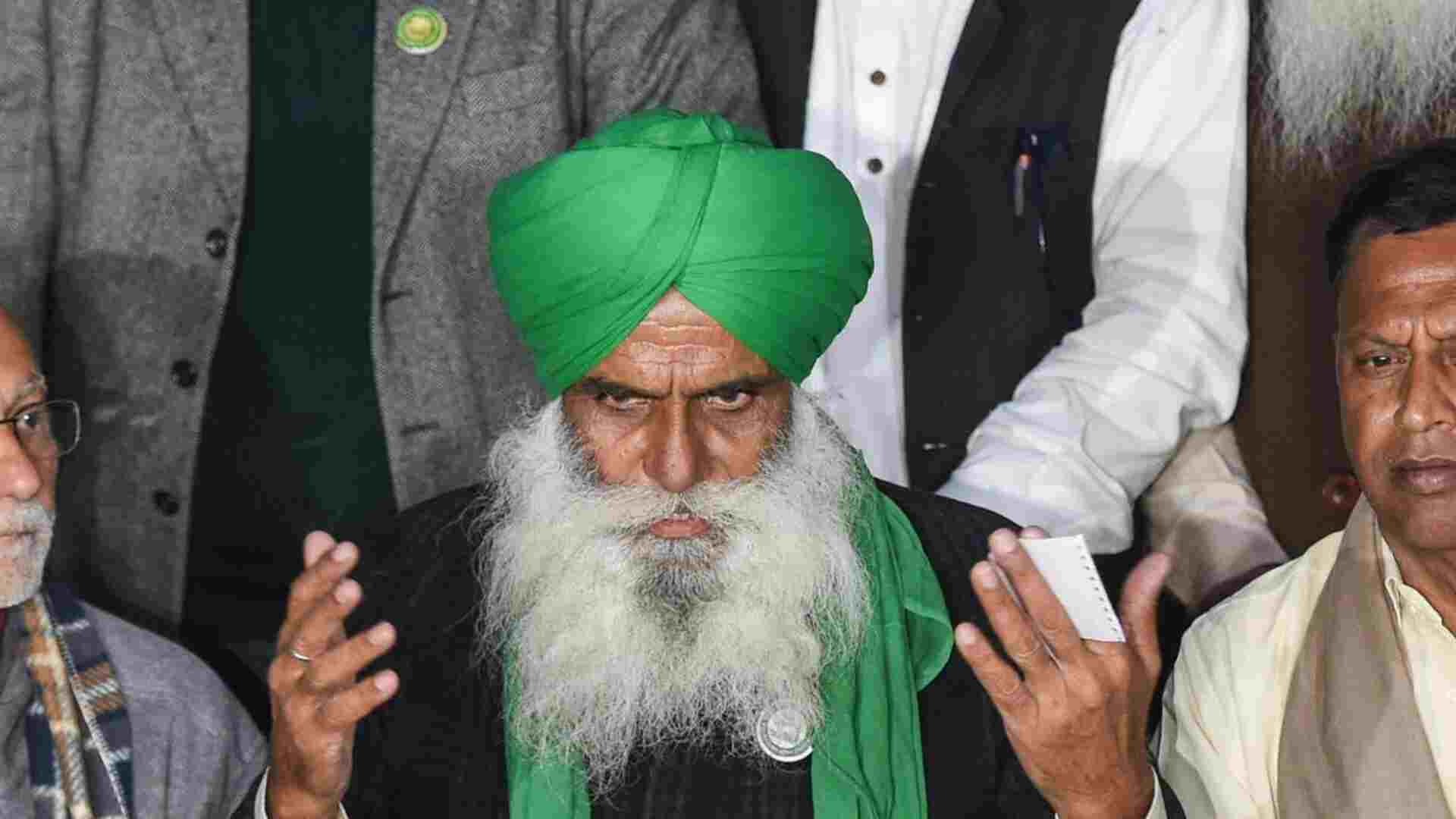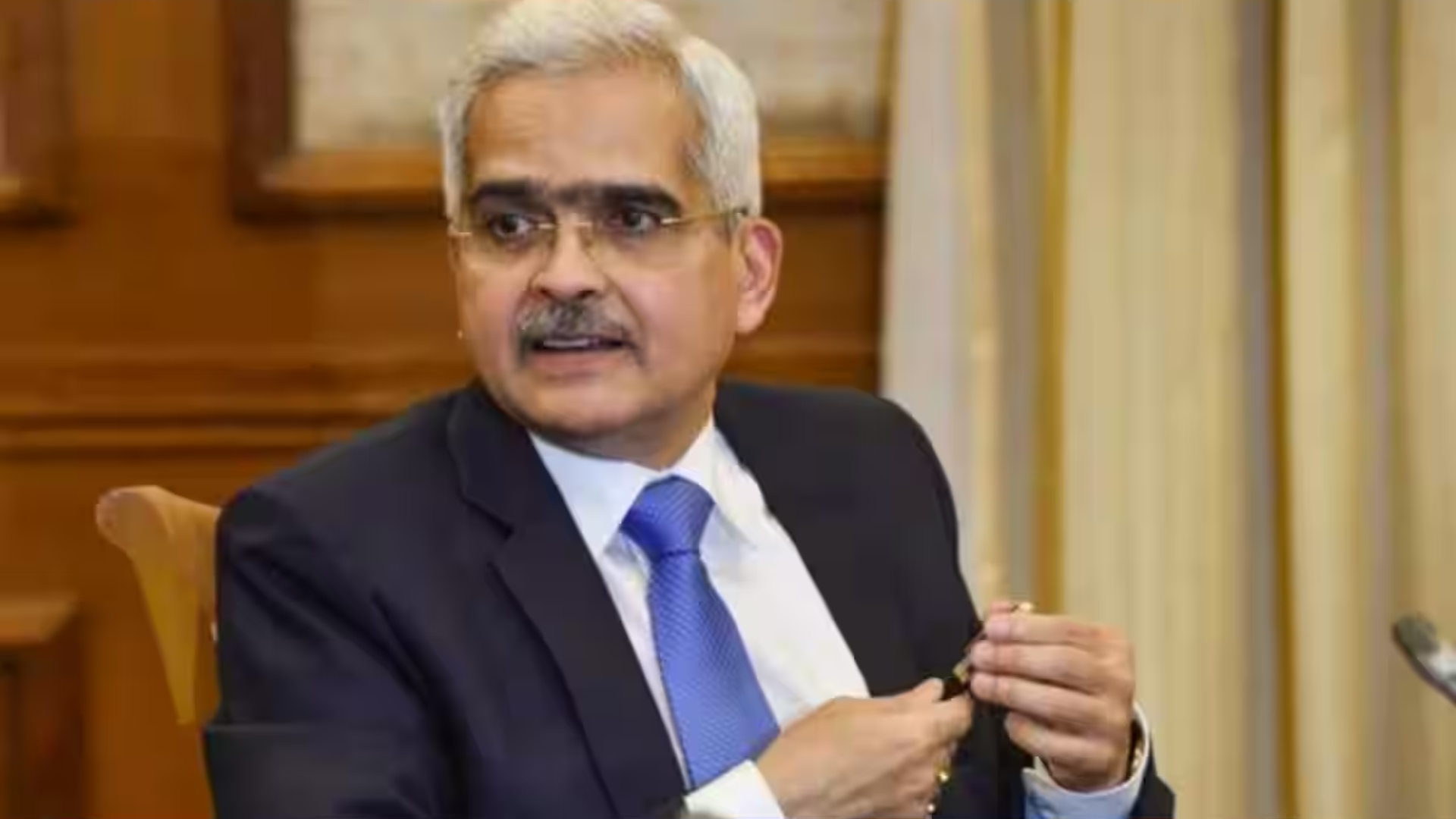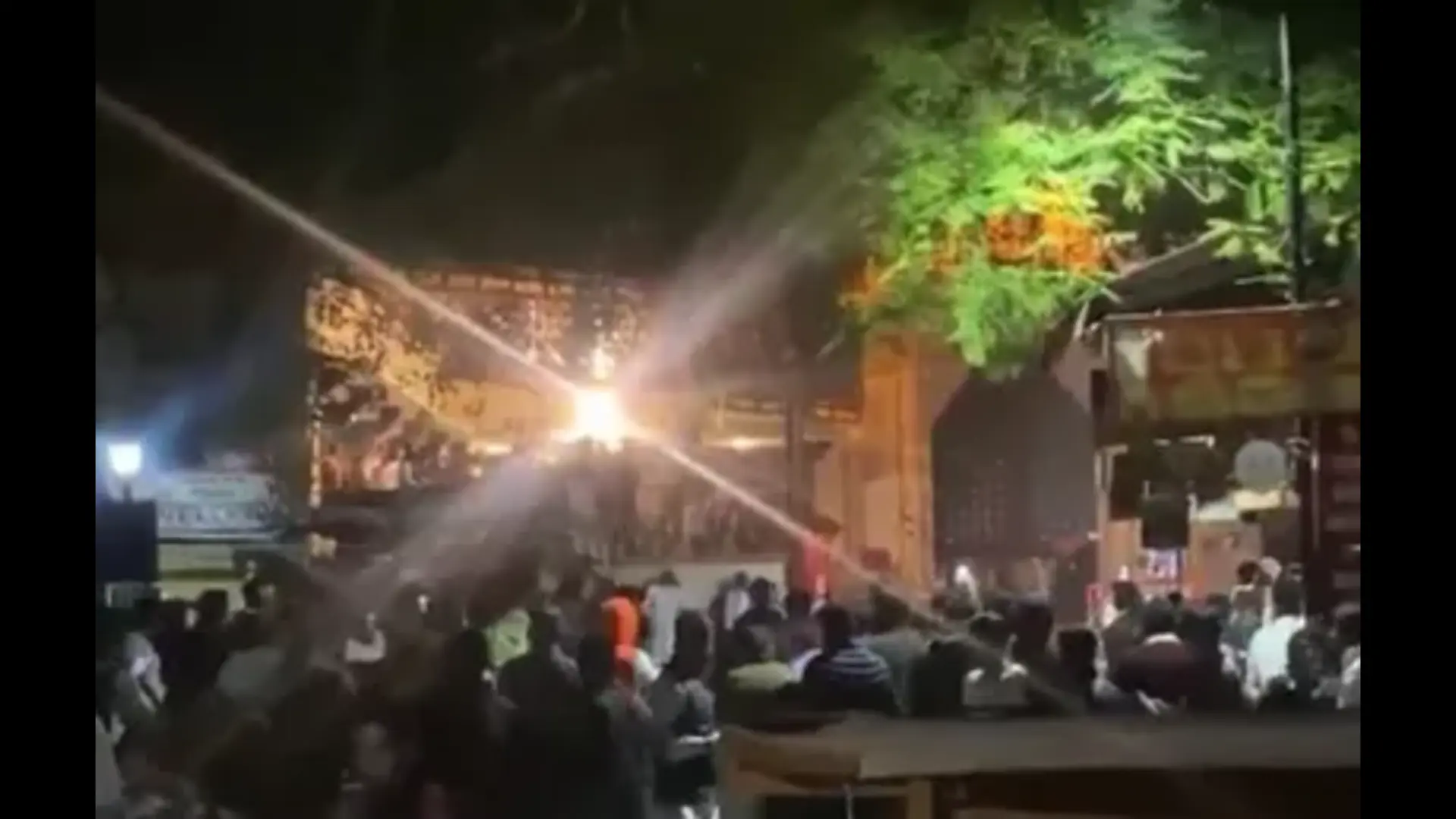
“This exhibition became the culmination of the first three-month long stage of our new arts programme – BE OPEN Regional Art. It is a competition for emerging artists, aimed to support those whose art best represents their regional, cultural and ethnic identities” explains Elena Baturina.
The regional selection of artists and their artwork was performed by the team of experts that curate BE OPEN Art. They selected 60 artists from the countries of the Eastern Mediterranean for the public to select their favourites.
“This was only the beginning”, clarifies Mrs Baturina. “We initially intended to run the programme for two years with each regional stage to last three months; thus we would be able to cover eight regions”.
Will India be part of it? “Yes, but only next year, so India’s young and talented have time to prepare. We already hosted an exhibition in Delhi several years ago, and would love to come back.”
And there is an incentive to be prepared: the regional winners receive a money prize of 500 euros, and will be celebrated publicly and in the media. All the participating artists will be featured in BE OPEN Art online gallery, of course. Moreover, an art exhibition is a perfect way to showcase their talent to the wide public – it will help artists gain visibility, and provide a platform for them to speak to the media and potential patrons.
Elena expands on their selection criteria: “First and foremost, BE OPEN Art selects artists at an early stage of their career. We also welcome artwork that speaks of social consciousness, philosophical meaning and the aesthetical solutions for the wrongs of the contemporary world.”
Speaking of solutions to the wrongs of the world, another initiative brought to life by BE OPEN this year focused on introducing more sustainability into the way we operate on the planet, treat its resources and each other. The initiative relies on creativity and design-oriented thinking as means of tackling huge and acute issues of today in a series of student design competitions, each focused on a particular Sustainability Development Goal.
The latest competition has just ended; it aimed to bring the talent of students and graduates of creative disciplines worldwide to focus on United Nations’ SDG7: Affordable and Clean Energy.
Elena explains why BE OPEN thinks that creativity is key: “It requires unconventional and sustainable solutions for not just quantitative, but qualitative progress. Developing these solutions requires design thinking, in-depth research and analysis, creative use of multifunctional components, and the application of ecological and sustainable design principles.”
The competition was open to all students and recent graduates of art, design, architecture and media disciplines. The expectations towards those who are only starting their professional career may seem too inflated, but the philanthropist remains optimistic: “The foundation has a long history of running such contests. In cooperation with educational institutions all over the world, BE OPEN has held competitions for young creatives since 2012, with a particular focus on those “in the transitional face between education and employment”. This line of the foundation’s work aims to scout out emerging designers, artists and architects to showcase their potential, bring their thinking to life and give them support whilst they develop their work”.
But do these competitions have actual value in the practical sense? Or are they more decorative inspirational initiatives, as most of them are?
Elena is adamant: “Every time we run a design student competition, we are deeply impressed, without fail, by the participants’ hard work, commitment and creativity”, Elena says. “Each competition is an incredible journey that brings us to the most stunning results of dozens and dozens of carefully researched, beautifully designed projects. There are dozens and dozens of desperately needed ideas that we hope will inspire actual change very soon. Each of the submissions has the best of humanity at heart, strives to make a real difference for us all, and therefore deserves to be applauded and celebrated in every possible way.”
At the moment, the competition is drawing up its final results and BE OPEN is preparing to announce the winners of the five money prizes ranging from 5,000 to 2,000 euros. The selection of top projects can be found on the competition’s website. All these projects will be made available to potential investors and decision-making institutions with the hope that they may inspire actual change.
“Over the decade, we have seen the participants of these competitions develop their ideas into products, set up studios, find employment, appear on the pages of fashionable magazines, have their own exhibitions, etc. It makes us proud and happy to witness their success, and know that we have been a stepping stone in their careers.”
The chicken or the egg question, which appeared first: your involvement in SDGs or the solar parks business endeavour?
“These are definitely connected. My involvement was inspired not even by the solar parks as they are, but the evolution of that project which consists in improving energy efficiency within premises and facilities of a certain enterprise. We made sure that the solution allows highly energy-dependent businesses save up to 45% on energy consumption, allowing the users to not simply save money, but transition to a more sustainable, wise and responsible business.”
What is in the pipeline for BE OPEN? “We intend to continue supporting the UN goals, since they form the most important agenda for mankind, and require engagement in every aspect. The next goal we will focus on is probably the largest and hardest so far. The 5th International Student Design Competition will be called Design Your Climate Action and attempt to raise awareness about SDG#13 and the necessity of urgent action.”
Do you expect young people to appreciate the gravity of the matter? “Absolutely. We will develop guidelines and categories so that this humongous task became more understandable and approachable, but we are confident in their humanistic, intellectual and creative abilities to create a shift to more sustainable existence.”
This determination is not blindly positive though. According to the philanthropist, the current state of affairs in various parts of the planet makes it unrealistic to achieve SDGs by 2030 that is less than a decade away. “That by no means should discourage us from making the best effort. We must find the way to progress efficiently, while being socially inclusive and environmentally sustainable. This imperative must become in-built into any activity, any project or industry. I think it is quite obvious that the main principles of the SDG initiatives must be introduced into educational processes at all ages.”
